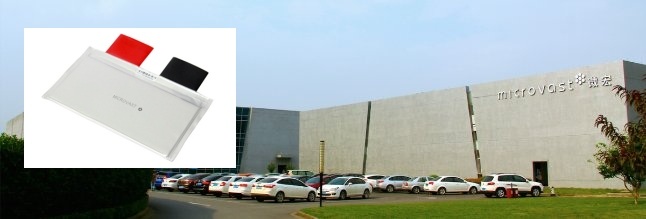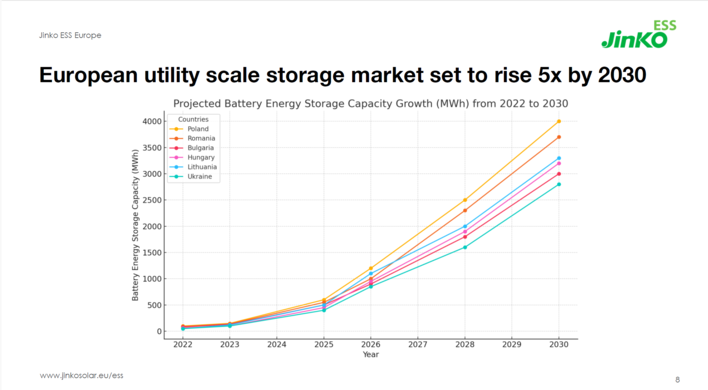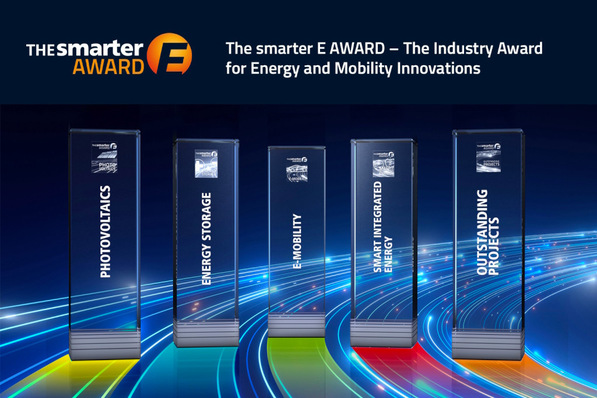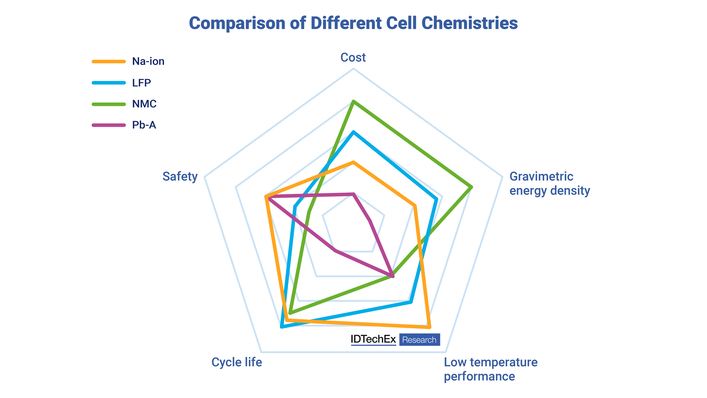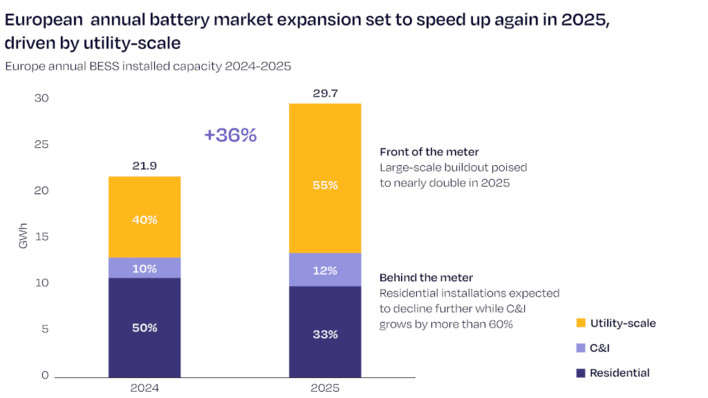The new technology takes both active and passive protection measures in order to enhance product safety, including improvements to the battery’s electrolyte, separator and protection system. Although the electric vehicle market experienced a huge upswing last year, especially in China, global automotive giants have not responded to the demand with increased large-scale production and sales.
The hazards of fire
One of the important reasons for this is the unpredictable flammable nature of lithium-ion batteries. The lithium-ion battery has certain risk of random short-circuiting during its production and use, which can cause accidents.
Even with a high quality control standard in place (i.e., 2 ppm for 18,650 cylindrical batteries), in every 100,000 vehicles sold, 1,600 of them would have batteries at risk of bursting into flame.
Charged in ten minutes
In 2008 when Microvast started to focus its research on electric vehicle power systems, Microvast established three main objectives: “10-Minutes Ultra-Fast Charge”, “Long Battery Life”, and “Non-flammable”. Microvast’s battery power systems have been installed in more than 10,000 electric buses worldwide, in 26 provinces across China and four countries in Europe. After 8 years of intensive research, Micovast has finally revealed its non-flammable technology.
Electrolytes is the crucial point
Non-flammable electrolyte that ensures both ultra-fast charge and long battery life Research has shown that when thermal runaway occurs in a lithium-ion battery, most of its heat is released by electrolytes, which means electrolytes need to be controlled to ensure safety. However, it is a challenge to develop non-flammable electrolytes with ultra-fast charge capability and long life.
Microvast has developed an electrolyte that is non-flammable and can be fully charged within 10-15 minutes and with a cycle life of over 10,000 times.
Temperature tolerance separator
A high performance separator is also an important protection measure for lithium-ion batteries. A normal lithium-ion battery separator has a low melting point and will usually shrink around 130 degrees Centigrade. The resulting short circuit will lead to thermal runaway of the battery. Microvast’s Chief Technology Officer (CTO), Xiang Li, announced the high temperature membrane separator.
The newly developed separator has a higher melting point compared with commercial ones, which ensures that it does not shrink even at temperatures of up to 300 degrees Celsius. This reduces the possibility of thermal runaway and short circuiting.
STL-System level protection measure
In addition to improvements to the electrolyte and separator, the Smart Thermal Liquid (STL) technology is applied to the battery as a protection system, with the battery module immersed in the liquid. As a preferable material of insulation, flame retardation and thermal conductivity, STL can isolate any thermal runaway points in the case of short circuiting. Meanwhile, by deploying liquid to reduce the temperature of any thermal runaway point, STL can significantly lower the risk of short circuiting. As a passive protection system, STL also balances temperature differences inside the battery and applies outside circulation to control the battery temperature. Furthermore, the STL can detect any battery leakage that may happen in the battery pack. (HS)


